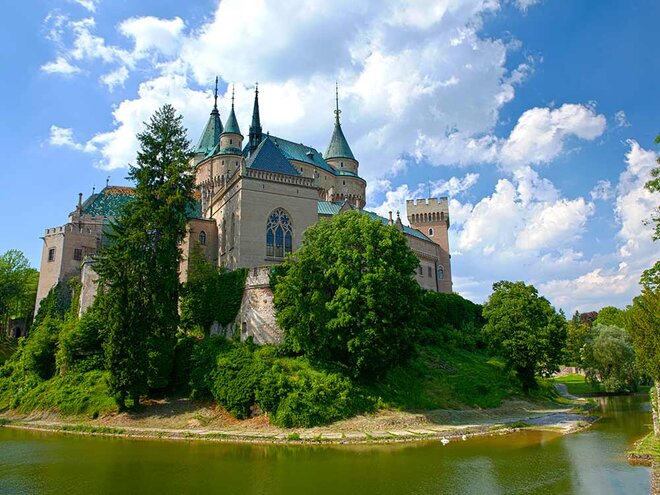
In investing, the concept of 'moats' was popularised by the legendary investor Warren Buffett. 'Moat' means a deep, wide ditch that surrounds a castle and is filled with water. In business sense, it stands for a company that has some sort of competitive advantage and barrier to entry into its area. In simpler terms, companies with moats are sort of monopolies and it's very difficult to compete with them or usurp their market share.
The sustainability of a moat is even more important than the presence of a moat. While some companies may look like companies with moats in the short term, their competitive advantages can be eroded in the future. When this happens, the company and investors both suffer. How do you know whether a moat is sustainable? For that, you have to study what the company does. If its product or service is such that it will never go obsolete and it's a strong brand that no competitor can challenge, the moat is likely to be sustainable.
Features of companies with moats
Identifying companies with moats requires you to have a lot of experience in investing. Not just experience, it requires one to be patient and rigorous in one's approach. Sometimes moats may not be easily visible. Many times they won't be sustainable. Still, the following pointers can help:
Strong brand: A strong brand that cannot be replaced from its position in consumers' minds is a moat. For example, Maggi is a strong brand of Nestle. After running into trouble in 2015, when it was declared unsafe for consumption, Maggi has been able to bounce back and regain its lost market. Such is the brand strength of Maggi that it has become eponymous for the noodles category itself.
Great distribution: Companies require many years to spread its distribution. Hence, companies with a widespread distribution are in a prime position. Pepsi's Kurkure is a product that looks omnipresent. No matter where you are in India, you can easily find a pack of Kurkure at a nearby shop.
High followership: When numerous people congregate on a network, it increases the value of the network itself so much that others who aren't a part of the network are compelled to join it. Think of Facebook or Twitter or LinkedIn or WhatsApp.
High switching cost: If it's difficult to switch from something to another, the former can be said to have a moat. Take Microsoft Windows for instance. Windows is run on so many computers and so many of us have grown accustomed to it that switching to a different operating system isn't easy.
Low cost: A low-cost producer can drive its competitors out of business. It can sell its product at wafer-thin margins, which its competitors can't emulate. The low-cost advantage is especially relevant when the product itself is not the differentiator. For instance, take the steel business. Steel is a commodity. A low-cost producer has an edge in the business.








